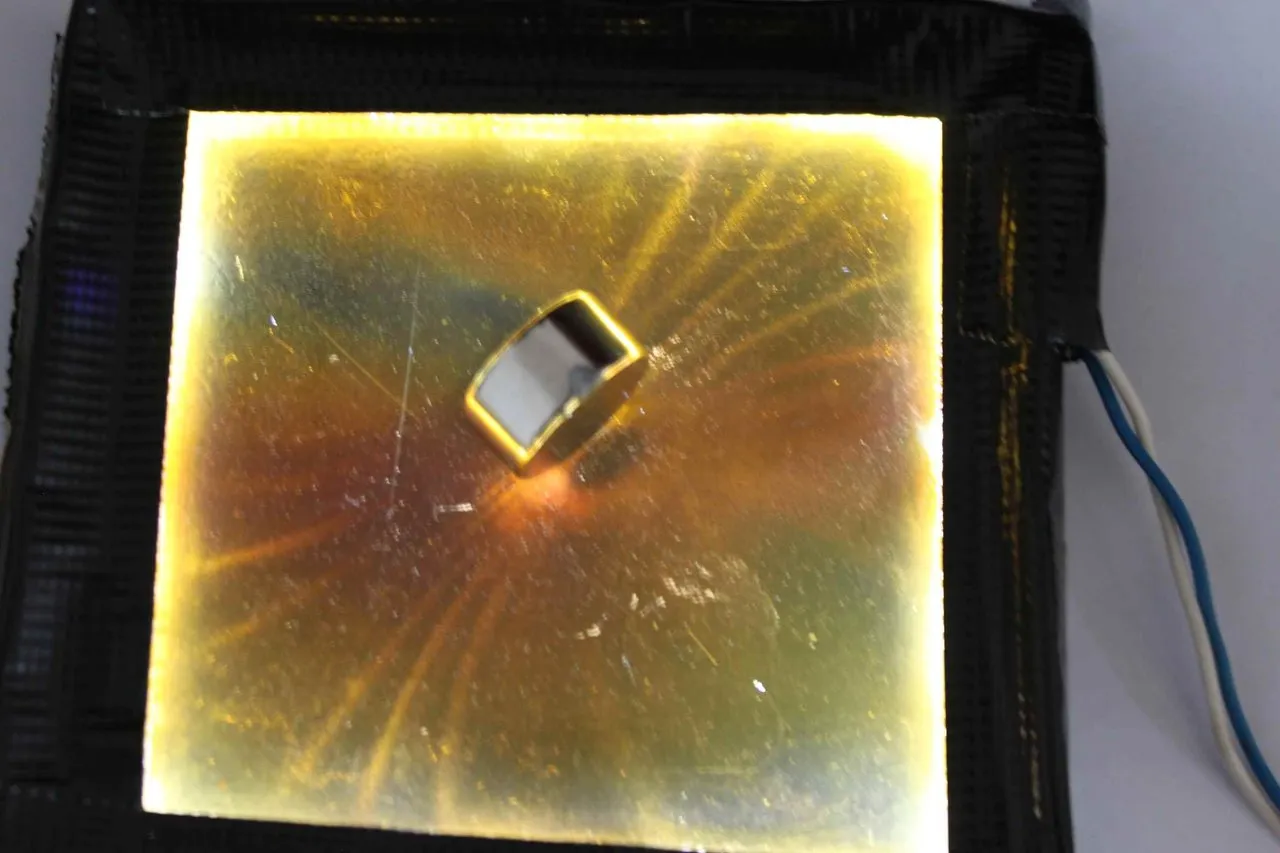
I'll start with a question as @mobbs has suggested it would increase interaction between members. This is a question to @lemouth and anyone who can answer. But of course, I don't expect only answers. You can comment on anything you find interesting :)
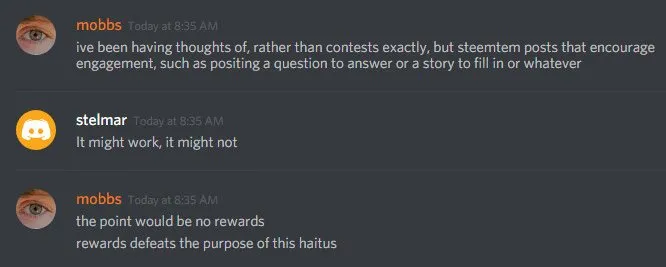
Disclaimer: I have not found any firm evidence why and how this works. This is meant as a question. It is also simple enough for anyone to replicate this experiment. And when I mention you, I'm referring to a reader, not you specifically @lemouth. I know you know these things.
What is amazing about this tool, also known as ferrocell is that it shows us magnetic field in real time. Something that is impossible to achieve with magnetic viewing film which is used to show slowly changing magnetic fields.
The other day @mobbs was showing a video of how the image on CRT TV is affected when exposed to a nearby monster magnet. We don't have TVs that work on this principle anymore but I still have an old oscilloscope. We can observe the same thing there.
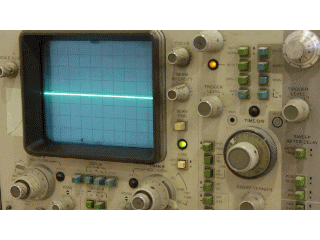
CRT technology works exactly because of this principle. The cathode ray tube shoots electrons and magnetic field pulls those electrons accordingly to signal. Those then land in front of the panel and one by one lighting up display to form an image.
In case of an oscilloscope, its electrostatic deflection not magnetic but lets not over complicate.
Why did I tell you this?
First, you have to understand that even if the effect might look somewhat similar to CRT, ferrocell works differently. We are not shooting electrons in ferrocell but simply lighting it up with a bunch of LEDs on the sides.
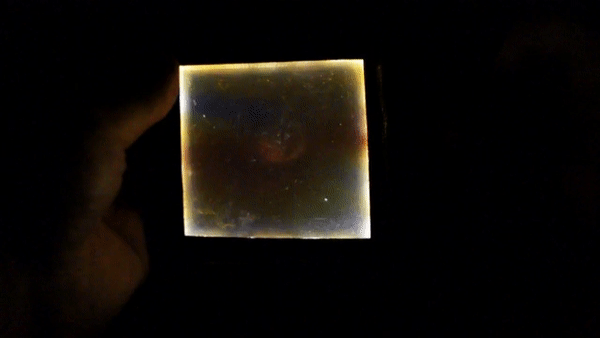
At first glance, it might seem as if we are bending light with a magnet. But wait! How can we bend light? Its easy with electrons. They are big, they have mass. How can you bend something without mass, like a photon?
Well, what I think is actually going on is that we are not bending light but merely witnessing the effect of ferrofluid.
So what exactly is ferrofluid? As the name itself implies some kind of iron particles in a fluid. In fact, it consists of nanoscale iron particles, usually 10nm or less in size. Those are coated with a surfactant and dispersed in a carrier fluid.
What all of this means is that even in presence of strong magnetic field particles are not clumped together and act as individuals and do not settle out.
Ferrofluid was originally designed by NASA in 1963 as a liquid rocket fuel that could be used in a weightless environment by simply applying a magnetic field. One of the most notable uses today is probably in hard disks as liquid seals around spinning drive shafts.
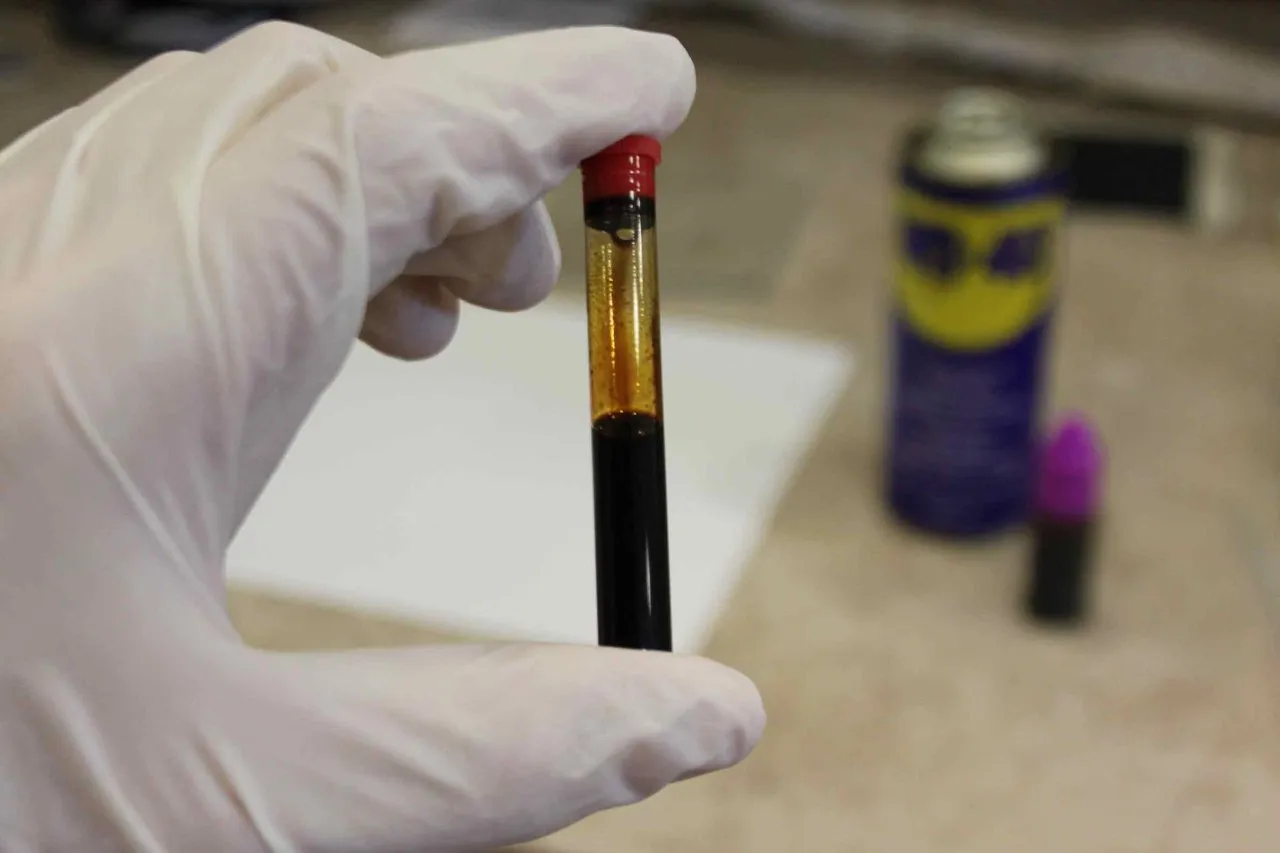
Ferrocell is basically made of highly diluted ferrofluid trapped between glass sheets. I've had some scrap glass and I had cut it to wanted size. As you see from the images this was my first time cutting glass, so I blame the tool. Then I mixed about 4/5 of WD-40 and 1/5 of ferrofluid (you don't need a lot). Turns out that WD-40 acts as a good carrier fluid. I bought ferrofluid on ebay (from France). Then you put this stuff between two sheets of glass and add LEDs on the side. I also closed bottom of the ferrocell with black cardboard to increase the contrast of the display. I know this is poorly made cell. But it will be good enough to show you the effect.
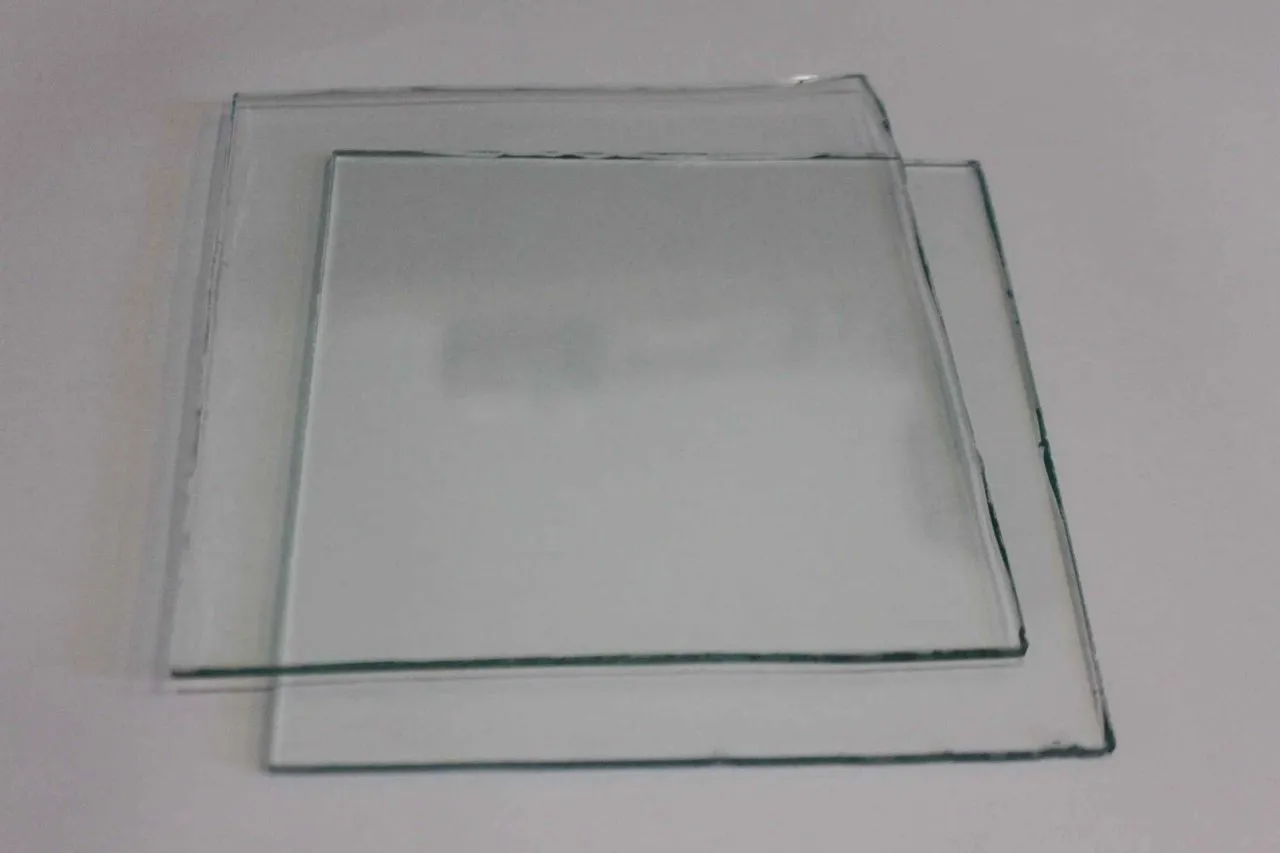
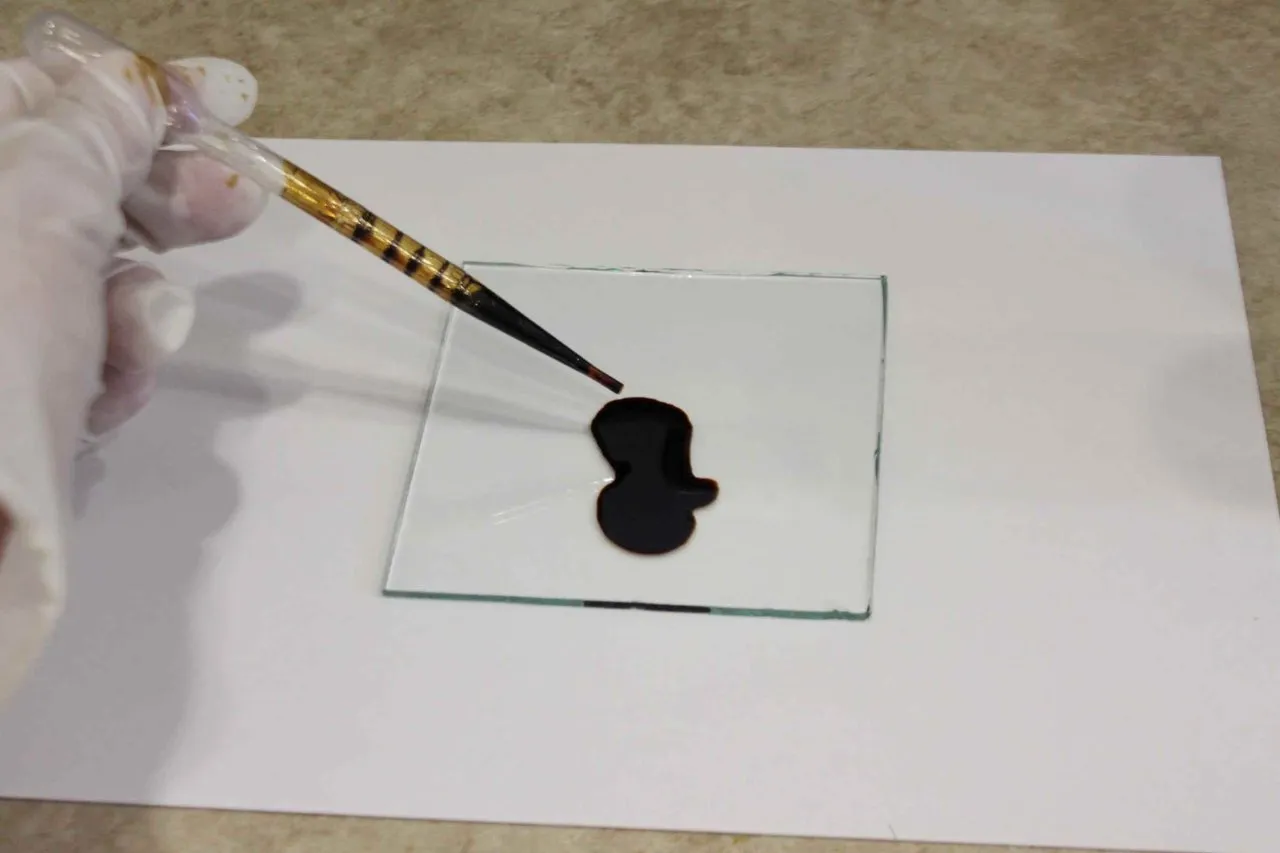
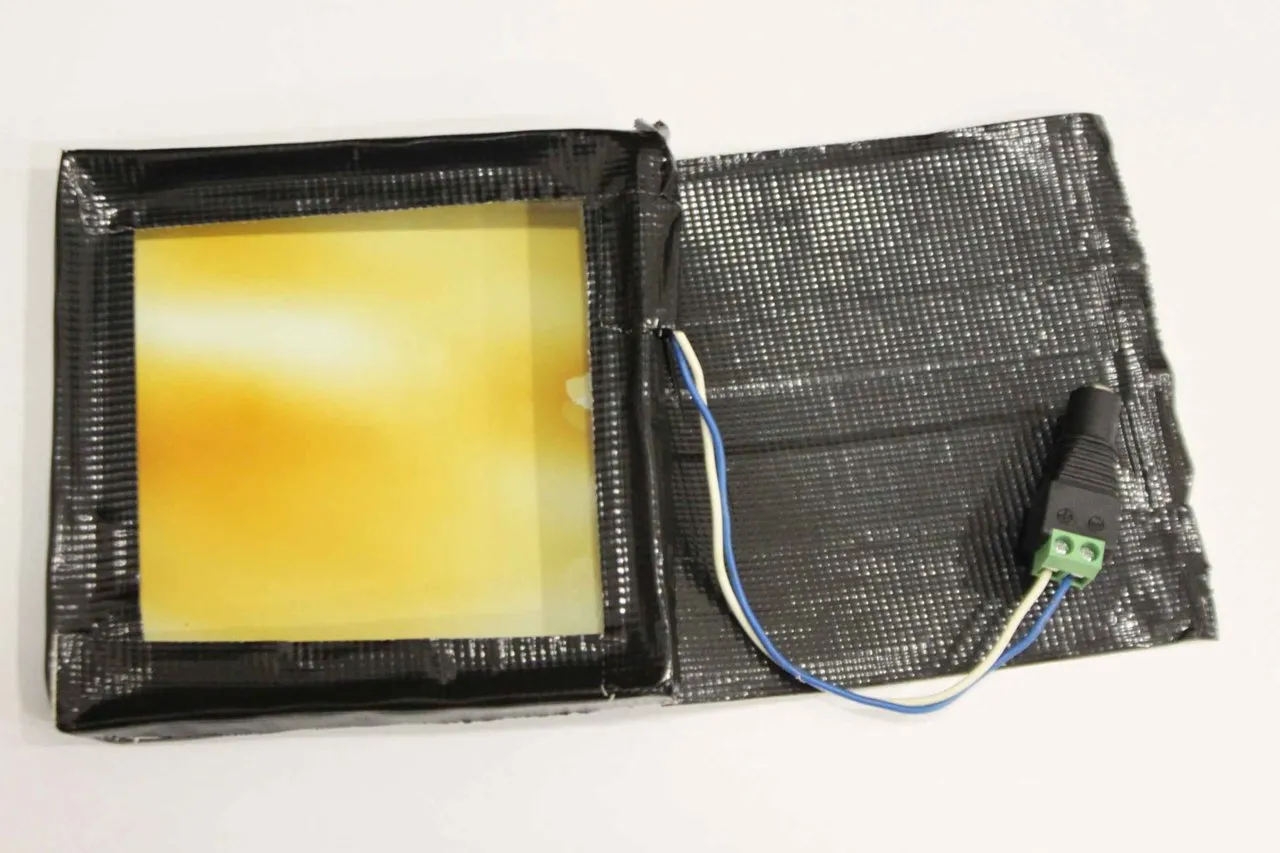
As you see in the image the mixture was not applied evenly. I wanted to show you in this way because where the mixture was forced out (almost transparent), you won't be able to see the effect. To see the clear effect of the ferrocell I recommend watching this video.
It seems like we are bending light. But I think ferrofluid acts as pieces of fillings would in a magnetic field. Essentially forming magnetic field lines and because particles have such a small mass they react instantaneously. When light shines from the sides its guided by the formed lines and light bounces between those paricles forming a corridor of magnetic field line which we see.
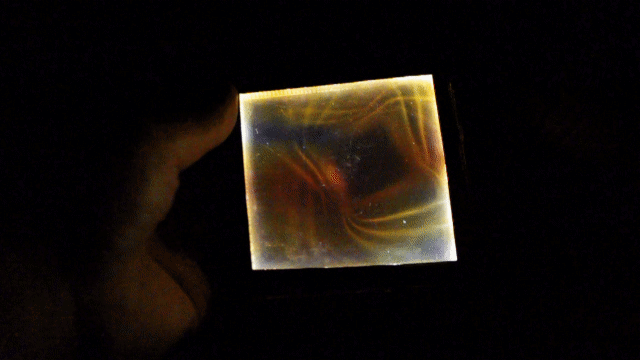
The reaction is instantaneous and looks like a holographic effect. It's beautiful to see.
Again this was a question, not an answer that I gave here. How would you explain this?
@lemouth I know those are not particles that you are particularly interested in. I hope you were at least partly amused by this. I also invite @freyablekman to participate. I'm not sure if she is still with us. Maybe I shouldn't say that. But I feel like I was there reading some of steemstem meet up posts.
In steemstem universe, a lot of us are like quarks. Unpredictable. I still wonder what the future will bring but with latest changes, I believe we will find order.
Sources:
[1] Ferrofluid
I did not find any reliable sources on ferrocells themselves. But there are some youtube videos like this one, already mentioned above, where you'll see the effect much clearer than from my images.
All images are my own.